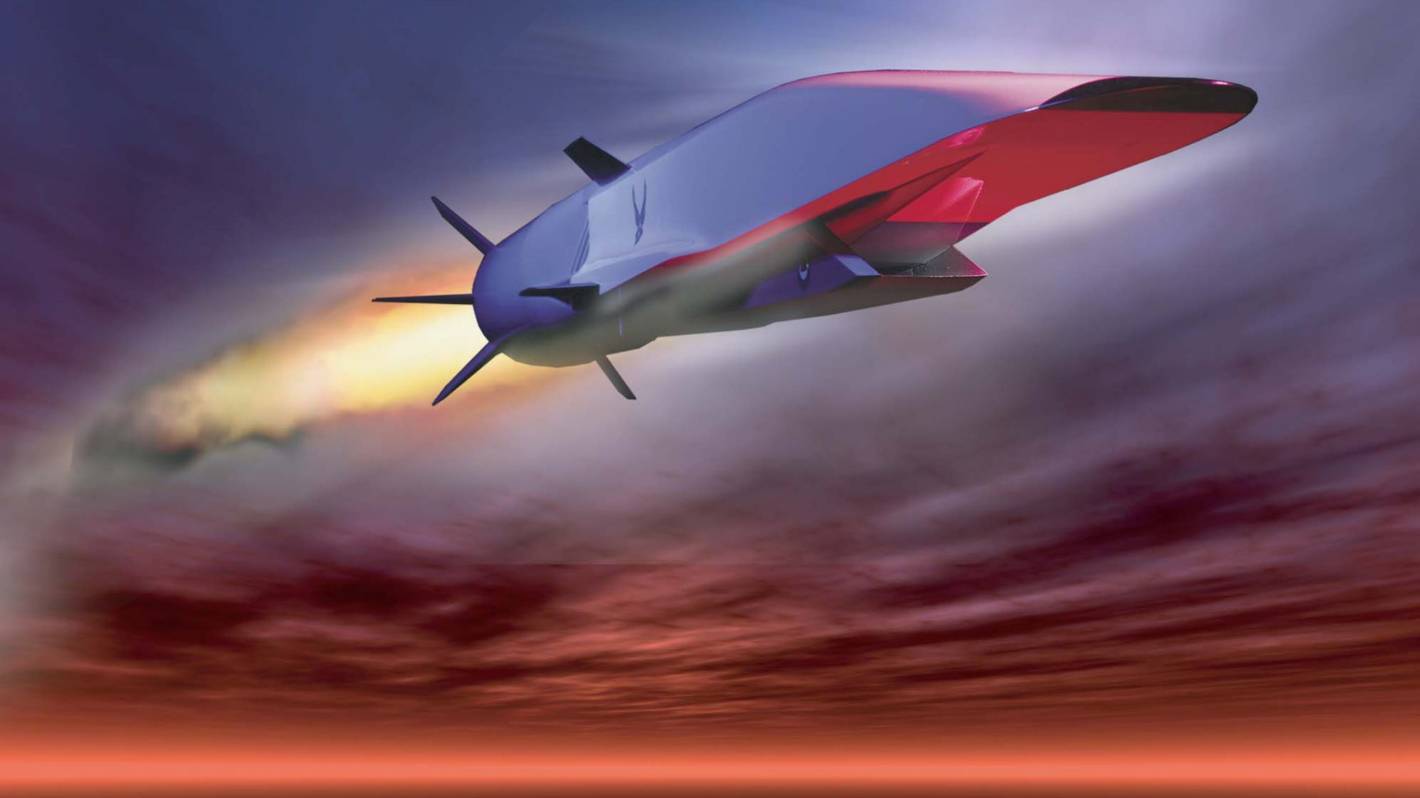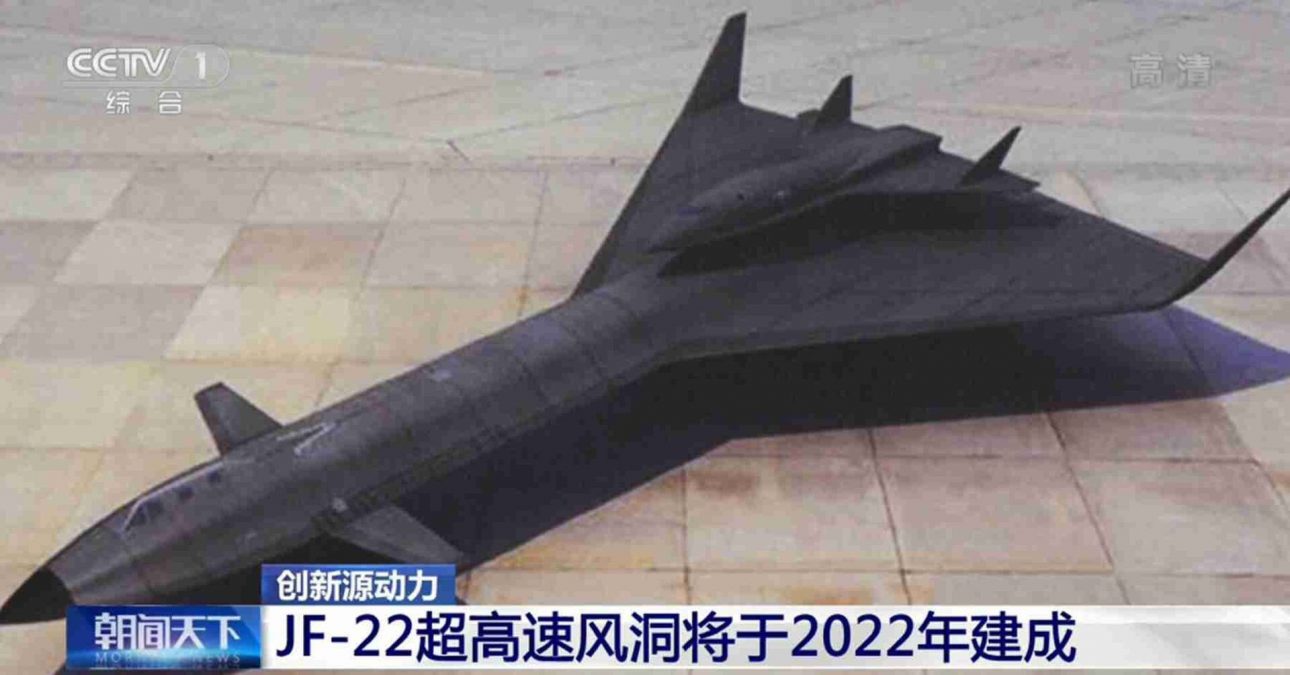The National Aeronautics and Space Administration (NASA) has developed Artificial Intelligence that would help it in building a hypersonic missile in what could be a big breakthrough in America’s hypersonic program.
Joe Biden’s ‘Spooky’ Gift To Ukraine – US Officials Say 1st Batch Of Phoenix ‘Ghost’ Drones To Arrive Today
A hypersonic missile being developed in the US is supposed to make use of a technology known as ‘scramjet’ or ‘supersonic combustion ramjet’ to make optimum use of fuel, reach hypersonic speed, and cause maximum devastation on impact, as the use of traditional, heavy rockets and spacecraft limit its application.
The scramjet uses extremely effective thrust mechanisms to achieve much faster speeds, and it can be manufactured in a size much smaller, lighter, and with a longer range than traditional rockets. This is where the role of Artificial Intelligence comes in the development of a hypersonic missile.
NASA is said to have developed artificial intelligence (AI) capable of optimizing missiles for maximum range and destruction. It has developed an AI that can use the results of a computational fluid dynamic (CFD) to optimize and work around an effective design of a scramjet missile.

This AI may build a hypersonic missile that is significantly faster and has a wider range than any other in the world, propelling the United States to the forefront of the military arms race. All they have to do now is apply this AI to the Hypersonic Air-breathing Weapon Concept tested recently, load it up with explosives, and take off, according to technology writer Will Lockett.
China’s Crashed Fighter Plane Unearths ‘Key Secrets’; Are PLAAF Pilots Getting Trained By Russian Instructors?
He explains, “In a typical jet a turbine compresses the incoming air, fuel is then injected and ignited, which then forces the air out of the jet, creating thrust. But a scramjet does away with the turbine. Instead, it uses the craft’s speed to ram air into the combustion chamber with sufficient pressure to get optimal combustion. This makes them far more efficient and powerful than an average jet.”

China had performed a test flight for a new engine (believed to be a scramjet) on January 24 this year, which analysts believe would be used to power the country’s future hypersonic and near-space jets, as previously reported by the EurAsian Times.
Hypersonic Through Scramjet Technology
Hypersonic missiles, which move at speeds of about 21,000 miles per hour, can carry nuclear weapons and scramjet-powered missiles demolish targets with absolute pinpoint accuracy. While China and Russia have operational hypersonic missiles, the US is yet to successfully field one.
At such speeds, the missiles can bypass today’s air defenses and anti-ballistic missile systems. It also improves their ability to penetrate heavily shielded facilities and destroy targets with only kinetic energy, without the need for a payload of high explosives.
However, when a missile or aircraft bursts beyond the sound barrier, a shock wave is created that is hotter, denser, and has a higher pressure than the surrounding air. Air friction reaches such extremes in the hypersonic zone that it begins to melt sections of a typical commercial aircraft.
This second successful flight of HAWC used a different scramjet propulsion system than the first. The first test leveraged a Northrop Grumman scramjet, this one was from Lockheed Martin. That means the US has at least two working scramjet designs for weapons. pic.twitter.com/h36IQQyIVS
— Alex Hollings (@AlexHollings52) April 5, 2022
Traditional “air-breathing” jet engines, such as those found in large passenger planes, actively draw in and compress oxygen to burn fuel while flying — for example, through rotating fan blades.
However, after the jet or weapon reaches three times the speed of sound, this is no longer necessary because the passage of the jet or weapon through the air does this on its own. By using this technique, scramjet engines can attain levels of fuel economy that rockets cannot match.
However, fluid dynamics models are fundamentally difficult to create to forecast how such engines will behave to fluid forces around and within them, explains Express.
Is Artificial Intelligence The Way Forward?
Earlier this month, it was learned that NASA has developed a VULCAN-CFD hypersonic computational fluid dynamics code that simulates how combustion behaves in turbulent airflows of engines at sub, super, and hypersonic speeds.
The software works by storing a single, one-dimensional image of flame called a “flamelet” in each entry of a huge, multi-dimensional table.
A team of NASA and Argonne National Laboratory (ANL) researchers recently published a paper detailing machine learning techniques for reducing the memory and expense necessary to run computational fluid dynamics (CFD) simulations of fuel combustion at supersonic and hypersonic speeds.
CFD simulations are used before manufacturing and testing any aircraft to determine how the numerous forces surrounding an aircraft in flight will interact with it. CFD is made up of numerical expressions that model the behavior of fluids like air and water.
Researchers at NASA and the ANL are researching how they can make use of artificial intelligence (AI) to simplify CFD simulations by lowering memory requirements and processing expenses, allowing for faster development of ground-breaking aircraft, as the EurAsian Times had observed.
The US has significantly increased spending on hypersonic weapon development. Earlier, it also quietly conducted a hypersonic test which was hailed as a success. At a time when tensions have intensified in both, Eastern Europe and the Indo-Pacific region, the US is working to close the hypersonic capability gap with its adversaries sitting in these regions.
- Contact the author at sakshi.tiwari9555@gmail.com
- Follow EurAsian Times on Google News





